New Mexico
The Land of Enchantment, as it’s called, does not have a high profile in American life. Home to little more than 2 million people, New Mexico is mostly known for having the tail end of the Rockies, some great skiing, Southwest art from the various Indian tribes and local artists, and perhaps more obliquely – Los Alamos where the first Atomic bomb was detonated and Roswell, the epicentre for UFO and other strange occurrences. We were looking forward to all of that and much more.
After a fabulous week or so in the other Four Corner states – Arizona, Utah and Colorado – New Mexico had a tough act to follow. So we entered it in style, following the Rio Grande south as it cut a wider path across the high plains desert, still travelling at over 7,000 feet (2300 metres) with jagged snow-capped mountains all around us. We hadn’t been lower than this for a few days and hadn’t seen the temperature rise above 60F (15C) for a similar period.
As we travelled across the desert through small communities we saw many people who had made a home for themselves in an old RV or caravan well off the road in the middle of sand and scrub, seemingly disconnected from the rest of the world. Yes, the desert is beautiful and the mountains are spectacular year round but it takes a different sort of person to live so simply and remotely.
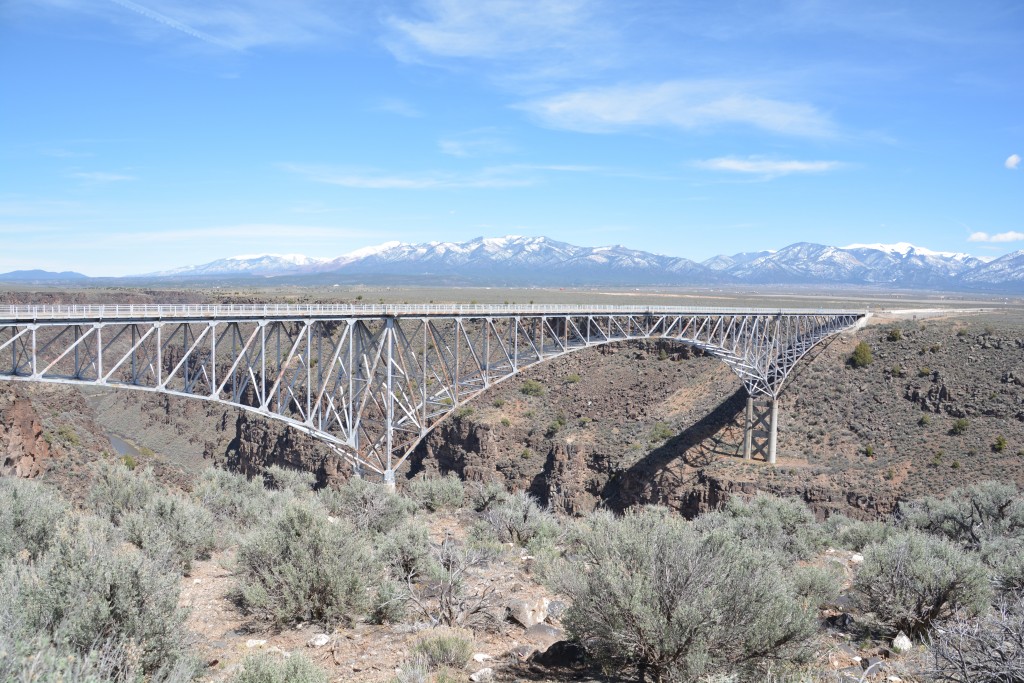
The river would have been hard to cross on horseback but is an easy crossing these days with this massive suspension bridge
Our plan was to visit the well known ski town of Taos and take in some of their history and culture as an alternative art and lifestyle centre. But to get there we had to cross the Rio Grande again, not an easy task when it had forged a deep gorge through the soft lava flows. The answer was a stunning steel suspension bridge, the second largest in the US, which provided dramatic scenes from its walkway down into the narrow river gorge below.
The Taos Pueblo is the original Indian village of the area, the buildings of which are said to be continuously lived in for over a thousand years. It is a little touristy these days but has UNESCO World Heritage status as a centre of major historical significance so we spent an hour or two wandering through their narrow paths, visited many of the little arts and crafts shops that form part of their homes, their impressive adobe church and cemetery. Julie even bought a souvenir after talking extensively to the local artist – a kokopelli hand made of white clay and beautifully painted to match the colours of the desert. Yes, we had said we weren’t going to buy any souvenirs but that vow only lasted two weeks.
From Taos the road wound through the mountains, hugging the banks of the Rio Grande in some sections as we lost altitude and entered the high plains desert area of Santa Fe. Santa Fe is the larger and more sophisticated version of Taos, now famous for its art culture with many high end art galleries featuring pieces from local artists and celebrating the Southwest. As in Taos, the key colour is adobe, the key building material is adobe and the key architecture style is Southwest adobe. Get used to it.
We headed back up in the nearby mountains, following the road through the Santa Fe National Forest to the Santa Fe ski fields where we got above the snow line again before finding a place to camp. As had been the problem in the past, with winter hanging on most campgrounds were still closed and those that were open had scarce space for late arrivals. After passing by spots with two feet of snow we sneaked in a spot at 8,500 feet (2,780 metres), parked Tramp at the edge of a snow patch, built a fire and enjoyed another night in temperatures around freezing.
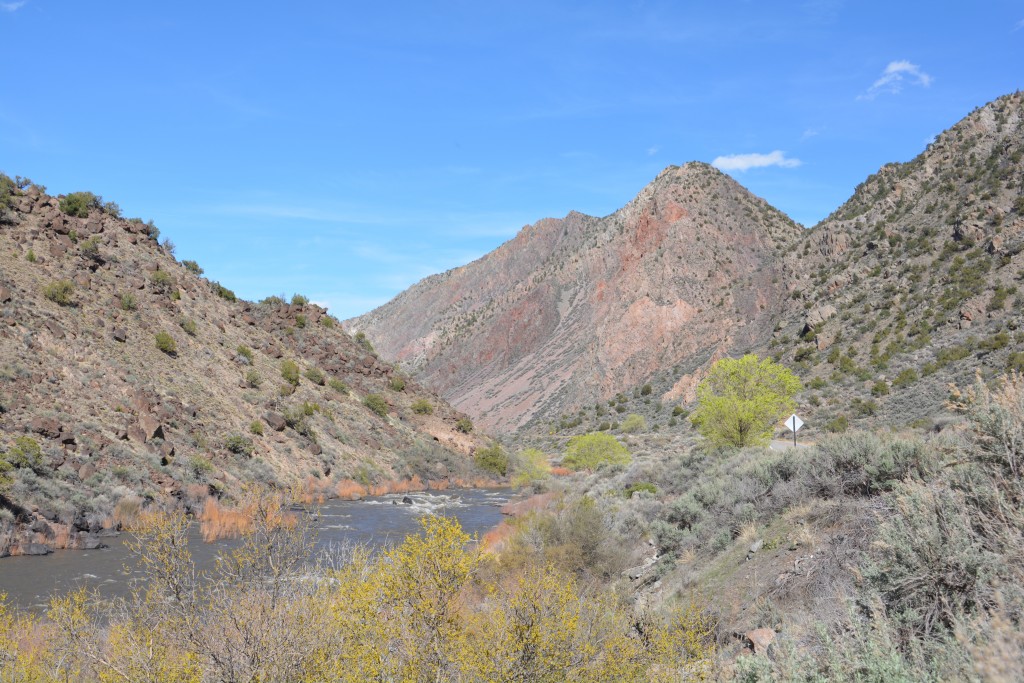
The drive down to Santa Fe, the capital of New Mexico, included a beautiful section along the Rio Grande
We enjoyed our day in Santa Fe. We had some admin issues to deal with but also wandered through the historic plaza and down many of the narrow touristy streets. If you want art galleries, this is the place – almost every shop was some sort of gallery or fine arts store, no cheap stuff here. And to add to the ambiance – Santa Fe sits at 7,200 feet (2,200 metres), the highest state capital in the US by far and a major factor in their weather and their year round attraction.
The cathedral, which was originally built in the late 1800’s and has strong Spanish architectural features, including high ceilings, beautiful arches and art from the 17th century brought out from Europe. It is quite a centerpiece to downtown Santa Fe and gave further insight into the colourful history of this state. In the 17th century the Spaniards rolled into these vast deserts and tried to control some of the migration and commerce trails of the expanding American west.
Part of this project including subjugating the local tribes and forcing them to convert to Catholicism. This didn’t go down very well and in the 1680’s the local tribes combined forces to drive the Spaniards down below the Mexican border. It was more than 12 years before the Spaniards came back with a softer touch. This is regarded as a huge win for the locals and a point of great pride in their history.
From Santa Fe we headed south on Hwy 285 across the flat barren desert, probably the most desolate land we had seen so far, and that’s saying something, but slowly dropped elevation until we finally made the quirky town of Roswell as the sun was sinking into the desert dusk. As the afternoon wore on we were amazed at how the outside temperature rose until it was about 76F (24C) when we hit town. The same morning we woke up at freezing and now we’re enjoying a warm afternoon. Very weird stuff. We found a great spot to camp at a place called Bottomless Lake State Park and sat around the fire in one layer.

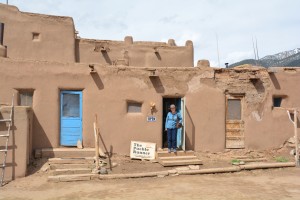
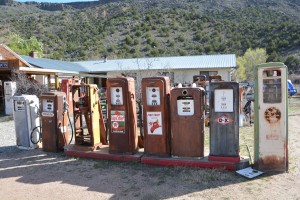
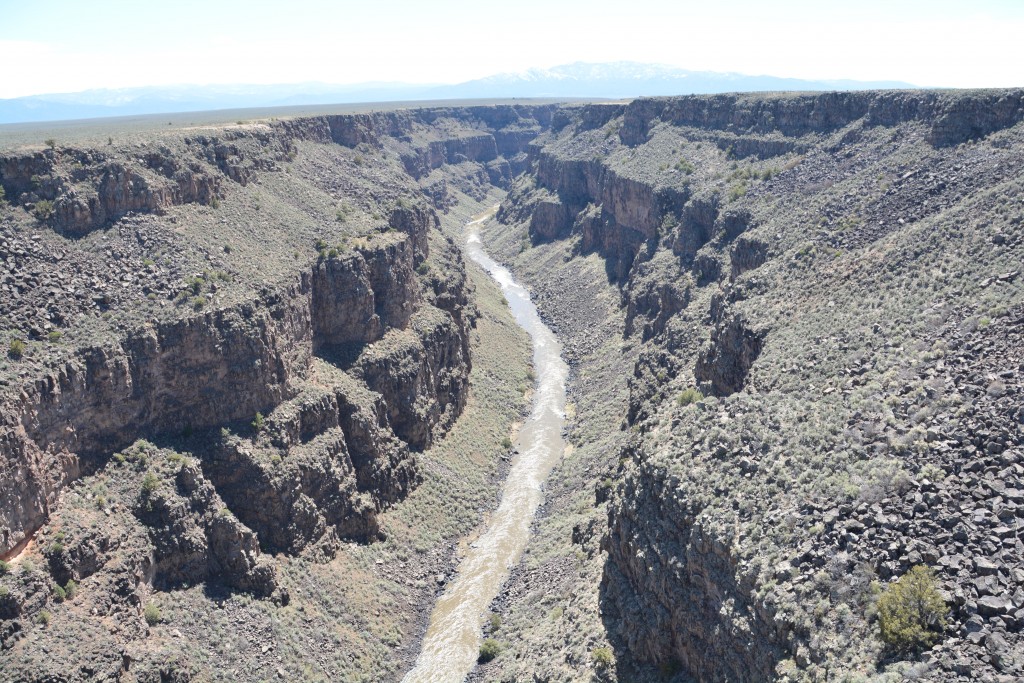
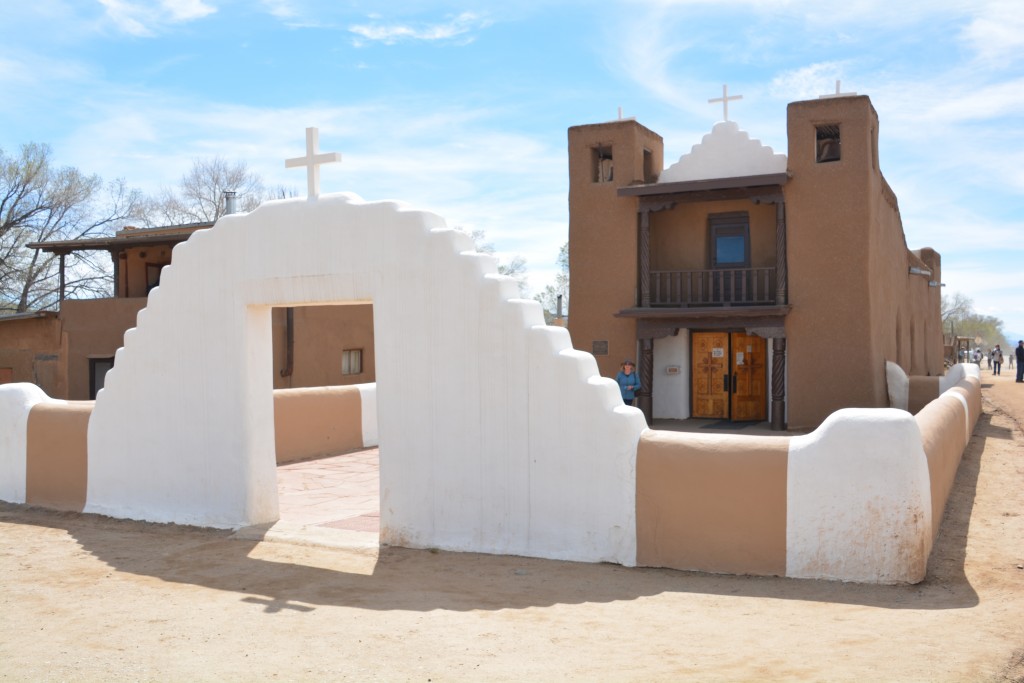
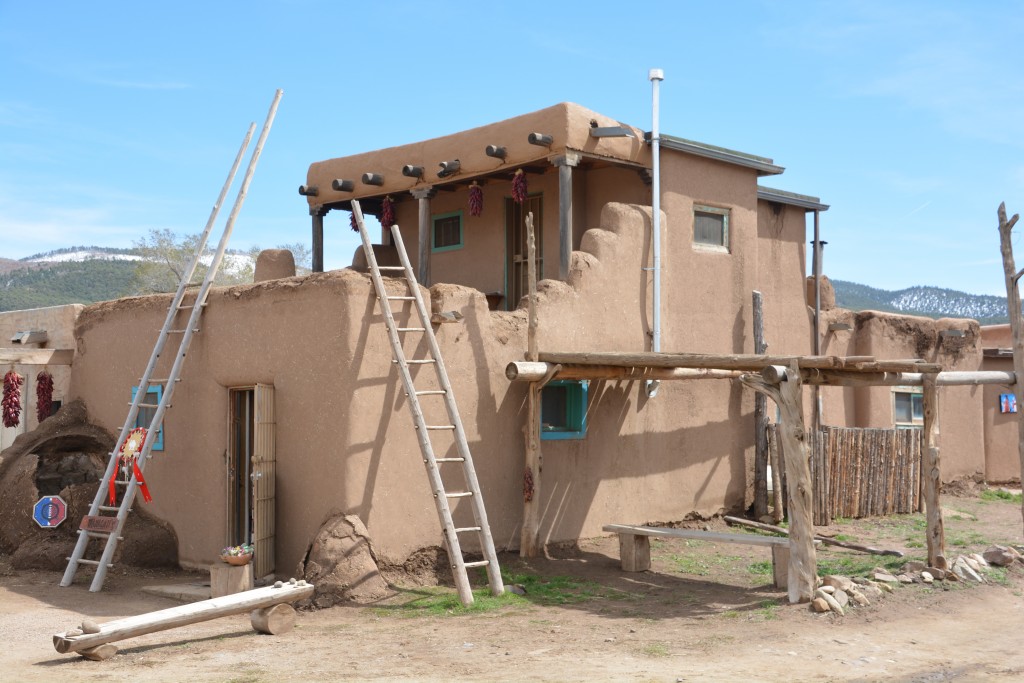
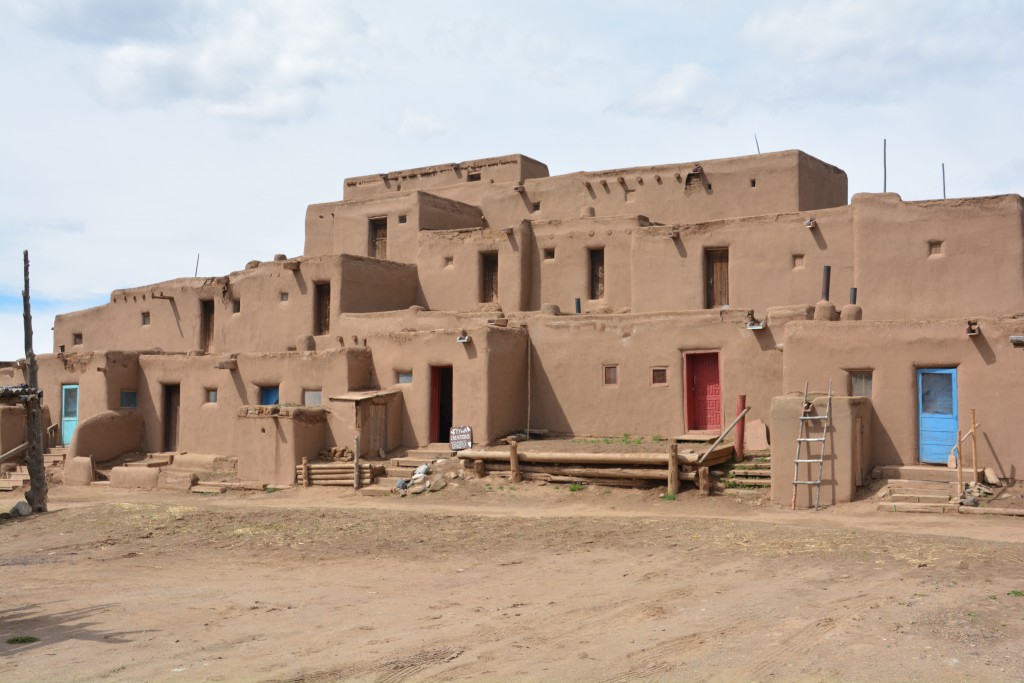
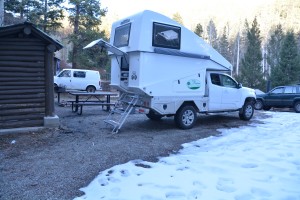
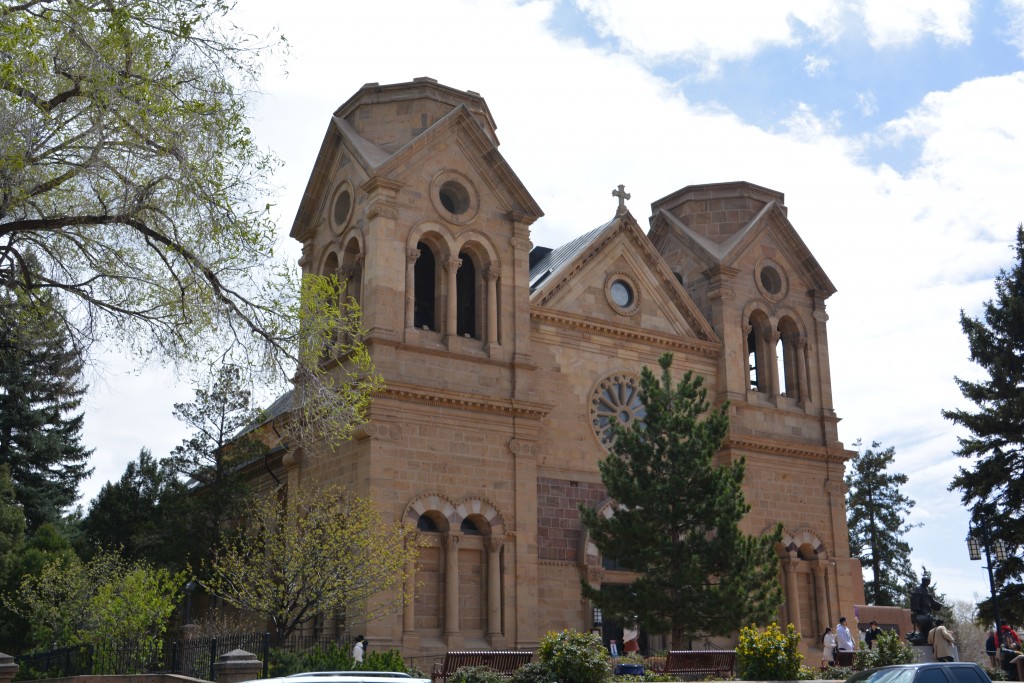
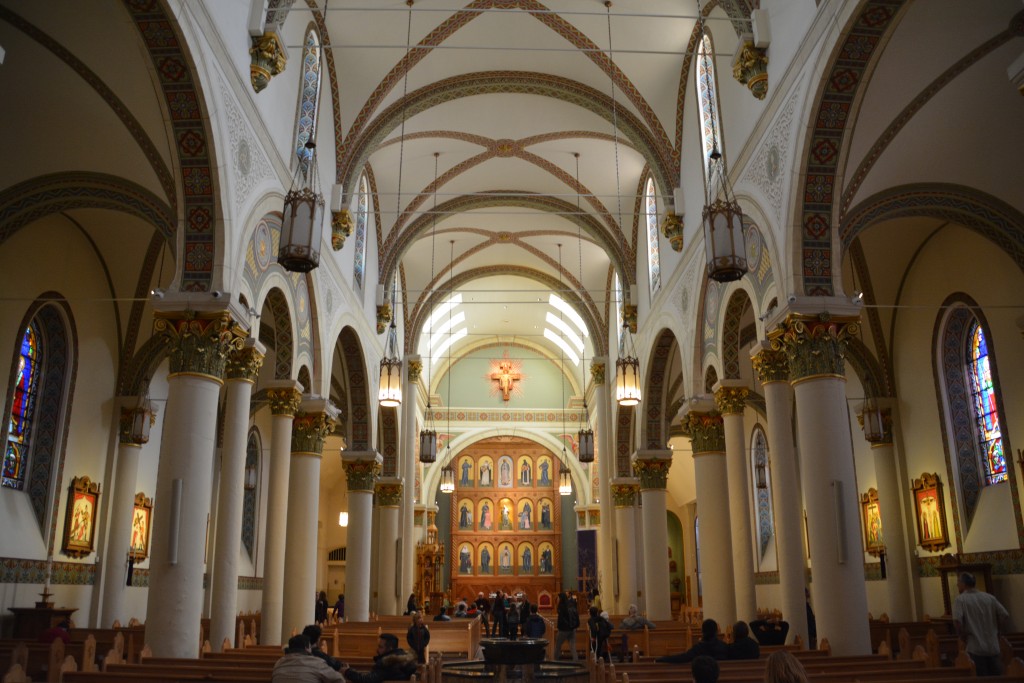
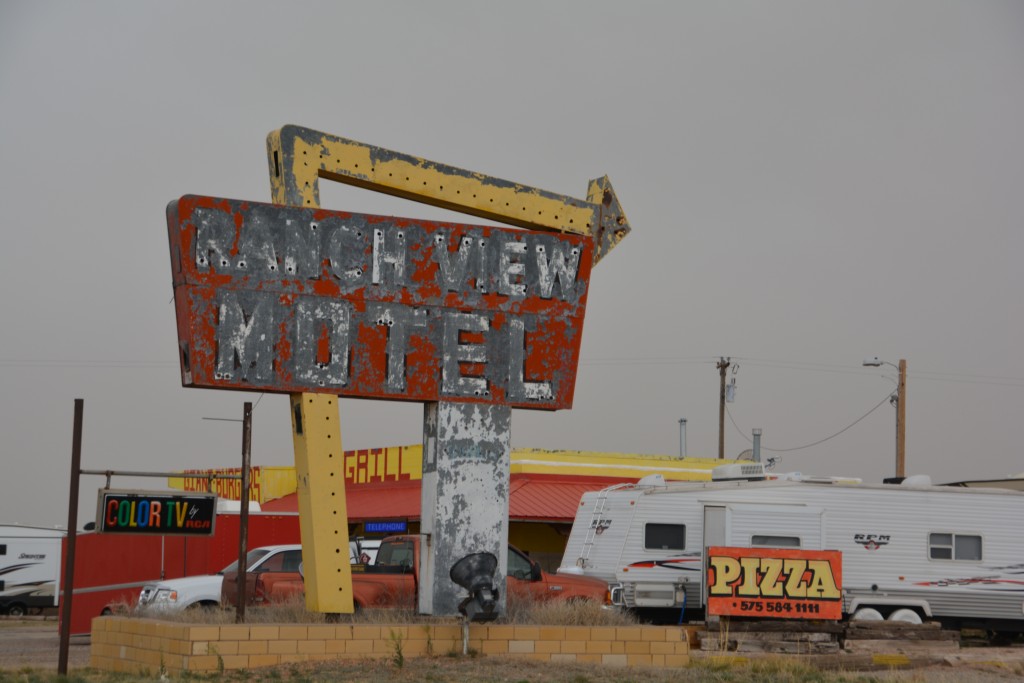
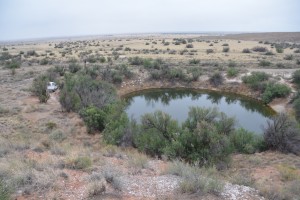
Comments
New Mexico — No Comments
HTML tags allowed in your comment: <a href="" title=""> <abbr title=""> <acronym title=""> <b> <blockquote cite=""> <cite> <code> <del datetime=""> <em> <i> <q cite=""> <s> <strike> <strong>